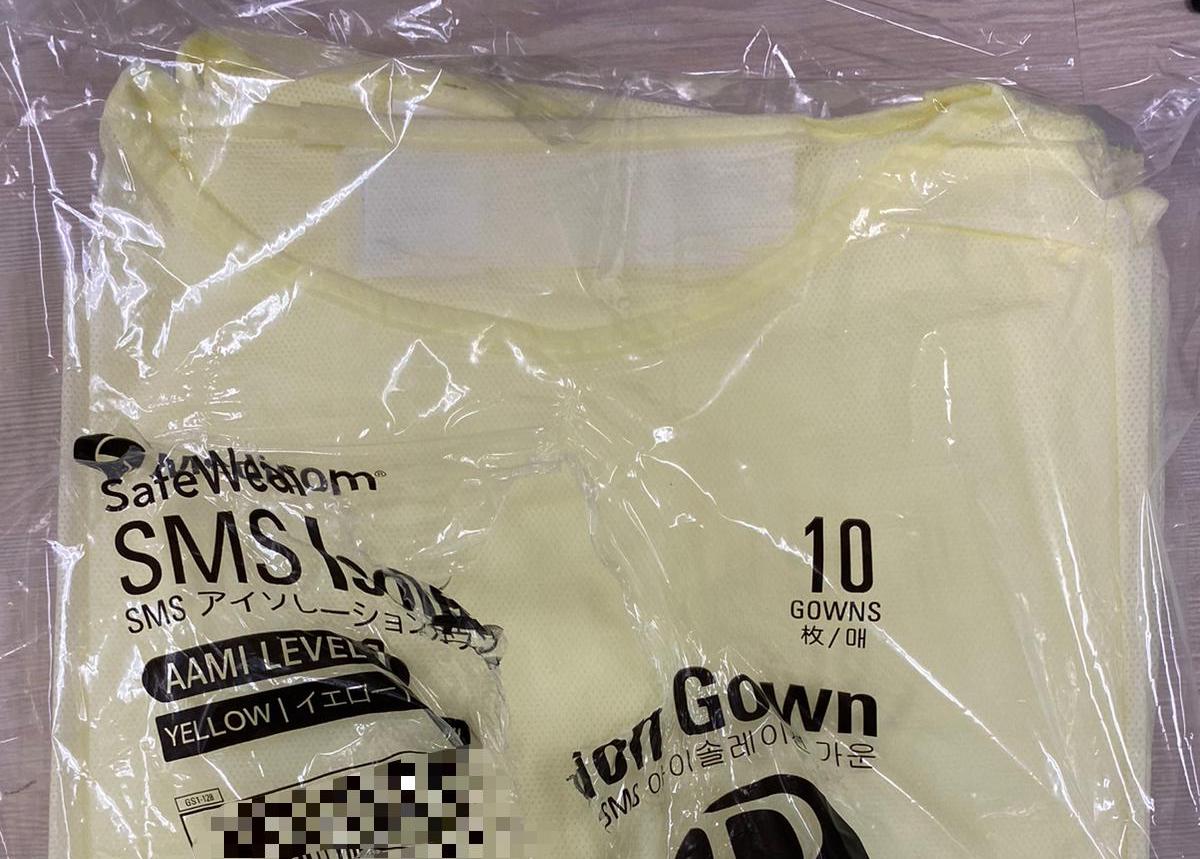George* (*not his real name) works at a hospital in Hong Kong, in a department responsible for handling novel coronavirus infections. Although he was unwilling to reveal his identity online, he did tell us what it was like working in the frontlines of the fight against the coronavirus in Hong Kong.
“I am the only one who was called for this job (management told me others are not willing to do this).”Q: Thanks for connecting with us all the way from Hong Kong. When did you first hear about the 2019-nCoV novel coronavirus and what did you think of it then?
A: [I first heard of it at the] end of Jan. I was afraid it might increase our workload and risks.
When did you first start working to fight the virus as a frontline staff? What are your responsibilities?
7 Feb. We were responsible for opening a new fever cohort area and isolation ward for nCoV-2019 infected patients. Our job and duties included sourcing materials, checking the materials record and the lab results of suspected cases, and assisting in bed assignment and case transfers—if we found any abnormal result, we would have to coordinate with infections control team.
Did you come across any patient in the fever cohort area who was not honest about their travel history?
Yes, some patients lied to us… we can only check their immigration records and double check with their relatives. We send all doubtful cases to the isolation ward directly.
Can you describe how you deal with confirmed cases? How do hospital staff and the patients feel?
My fever cohort area is mainly [responsible for] screening the suspicious cases. Fortunately, the confirmed cases in our hospital have to go straight to the isolation ward.
When I found a confirmed case last week, I locked the fever cohort area immediately and called the guard to lock the lift. The patient was escorted by staff with protective clothing to the isolation ward directly. Since there was standard protocol in place for dealing with COVID-19 patients, I was quite calm when handling the case. Besides, the patient seemed to be worried but did not look terrified, maybe because the mortality rate is not high.
The staff here are tense but [things are] not as bad as [they were] during 2003 SARS. For SARS, it was totally new and people did not know what to do at all (e.g. what medication would help, how the virus spread and thus how to prevent it). This time, we learnt a lesson from SARS, we also know certain drugs used for AIDS can help a patient to recover.

Why did you agree to take on this job? What were your first thoughts when you found out that you were going to have to do the frontline job and what was the response of your family when they found out?
I am the only one who was called for this job (management told me others are not willing to do this). My first thought was how to protect myself and my family. They understood my duty and keep asking me to stay safe.
How risky is being a frontline staff? What are the precautions you take to stay safe when doing the job?
The fever cohort area is the highest risk area as there is no negative pressure system in place and has instead an open cubicle design. We are allowed to use 2-4 pieces of N95 [masks] in a whole day and all face shields and visors have to be reused.
What is a negative pressure room?
Negative pressure is an isolation technique used in hospitals to prevent cross-contaminations from room to room.
How many people does the hospital scan in a day?
Around 100.
How has your life changed since you took on the job of being a frontline person fighting the coronavirus?
I have isolated myself in a hotel assigned by the hospital and have minimum social interaction.
Tomorrow, we’ll chat with another person from Hong Kong who escaped Hubei less than 5 hours before the lockdown. Follow the latest in our COVID-19 Diaries series here.
If you’re in a country that has been affected by the novel coronavirus and would like to share information about the situation where you’re at, do get in touch with us here.
Photographs courtesy and copyright of George*. Interviewer: Kauai
Sponsor or support the COVID-19 Diaries series here.
If you found this article useful:


Say something: